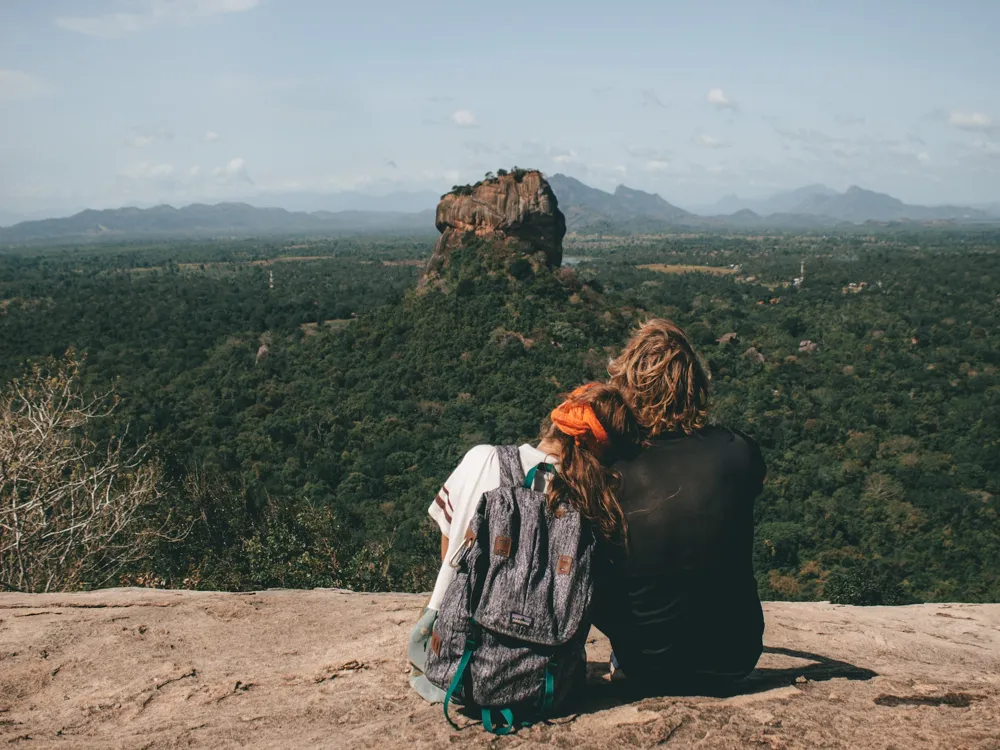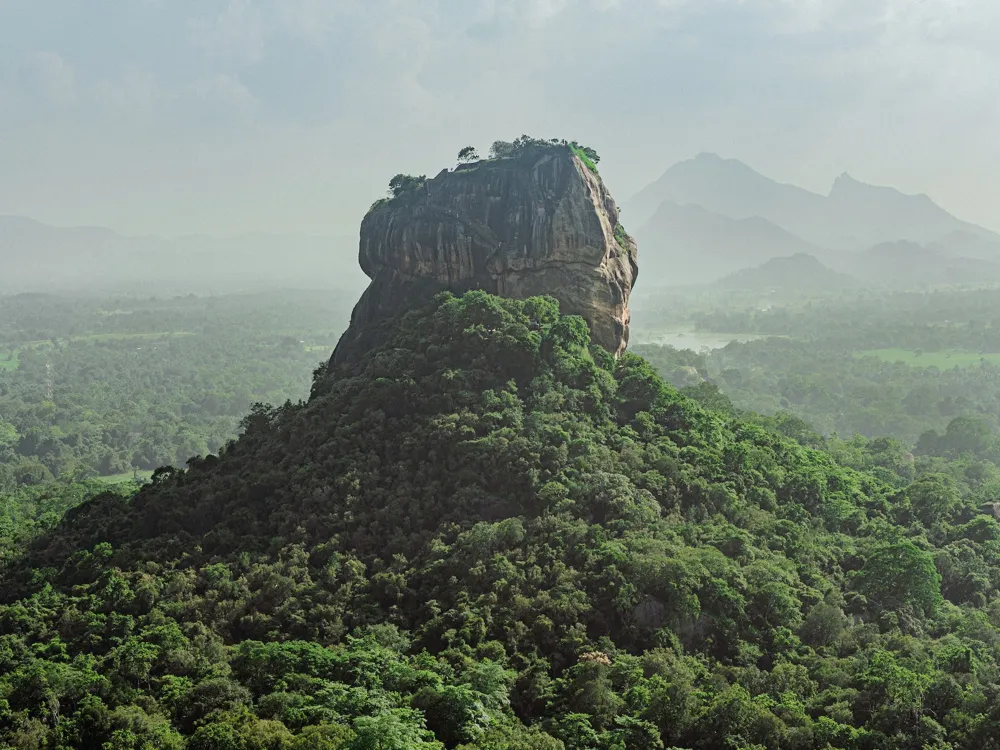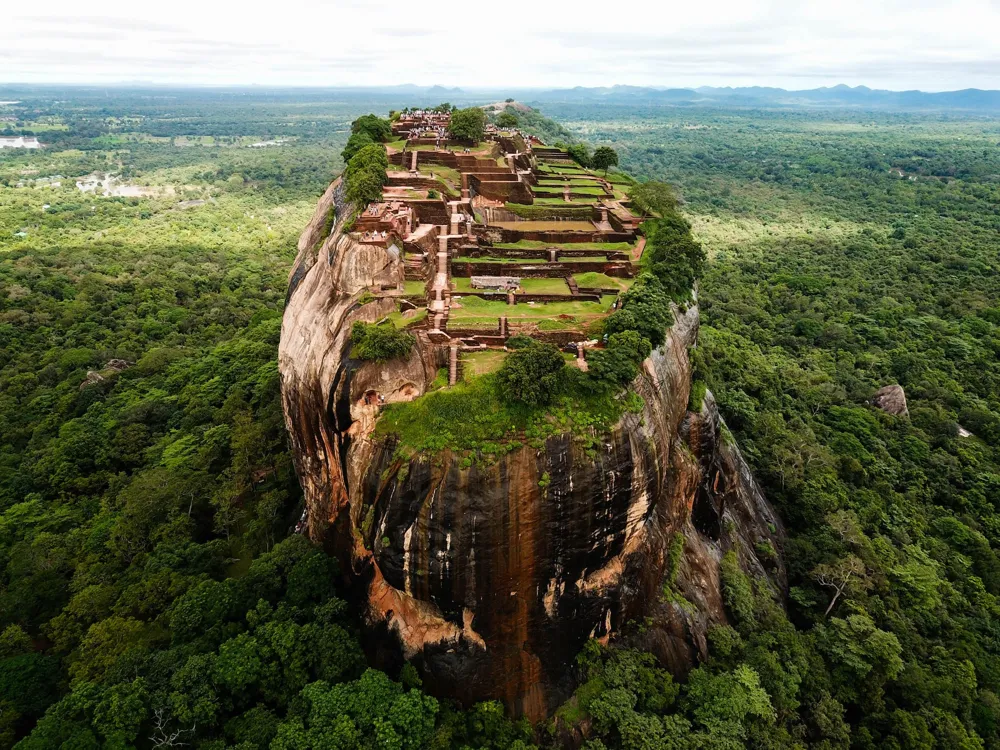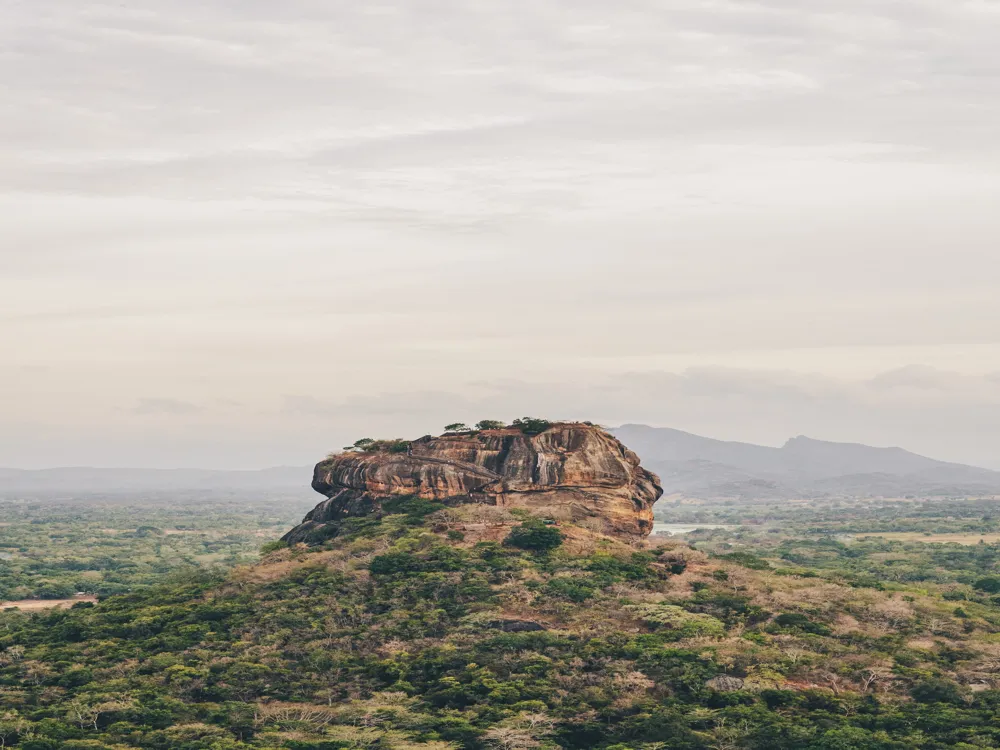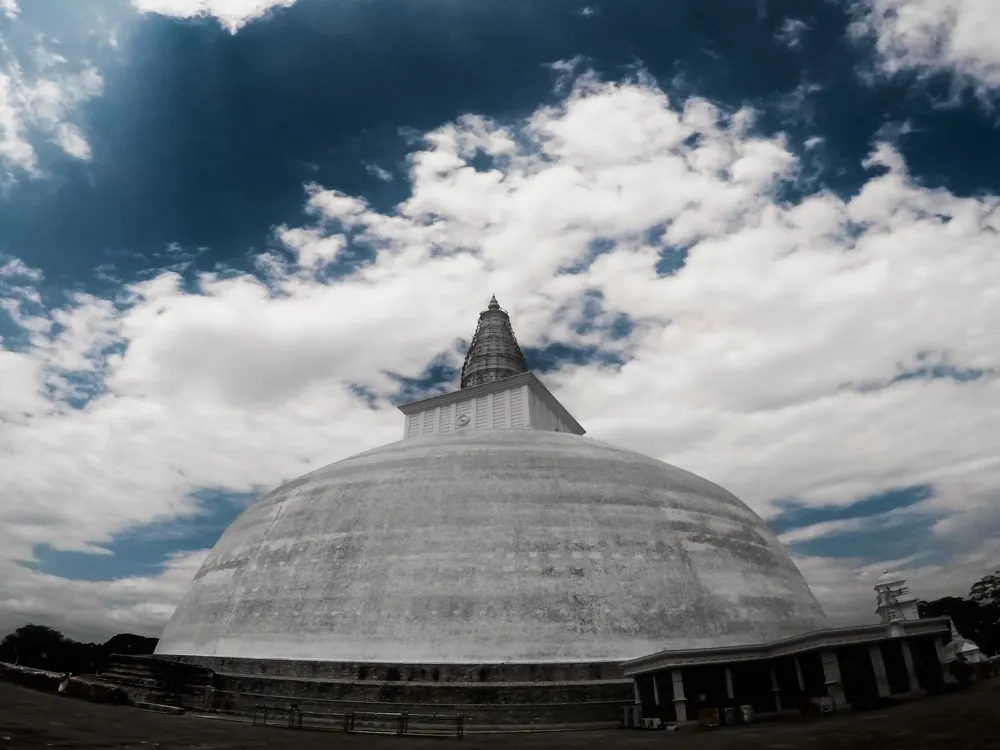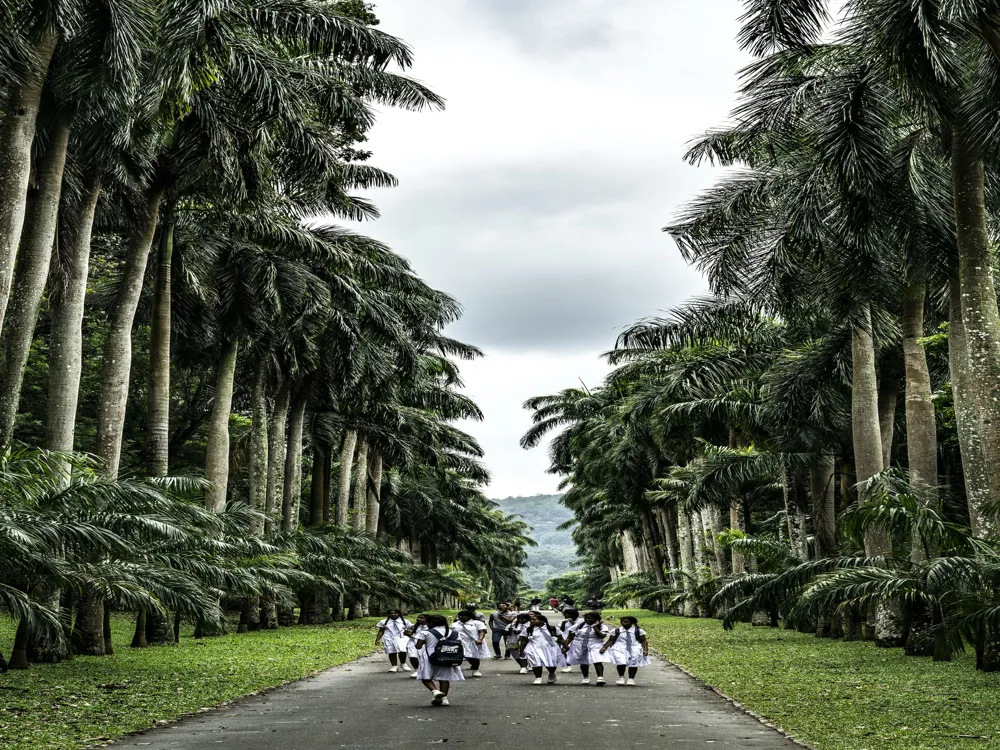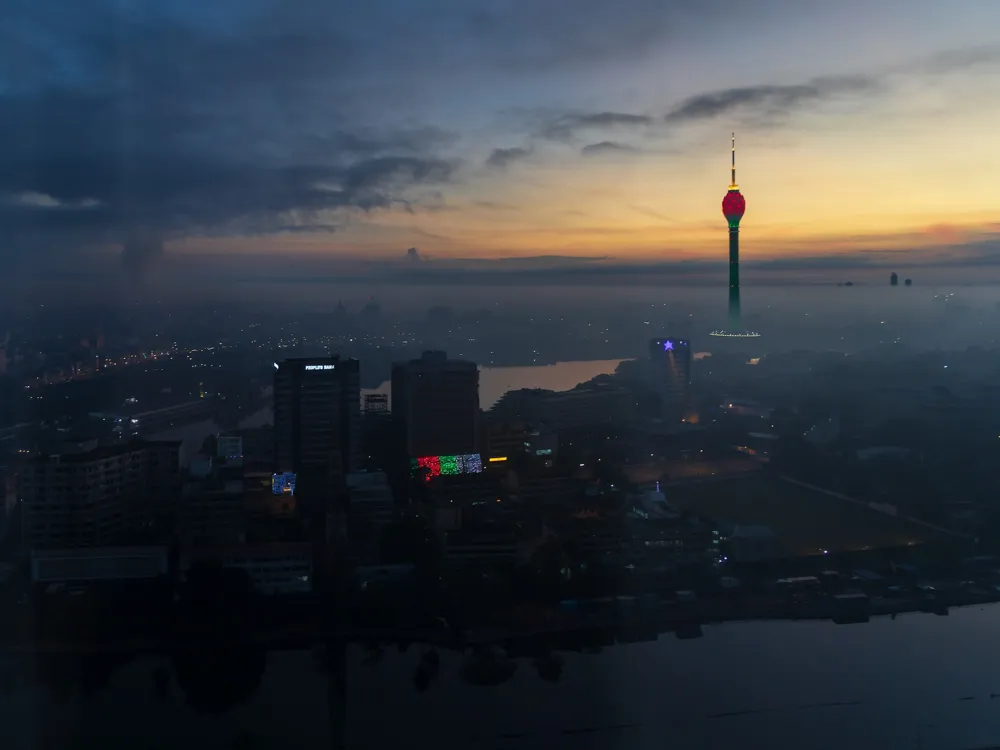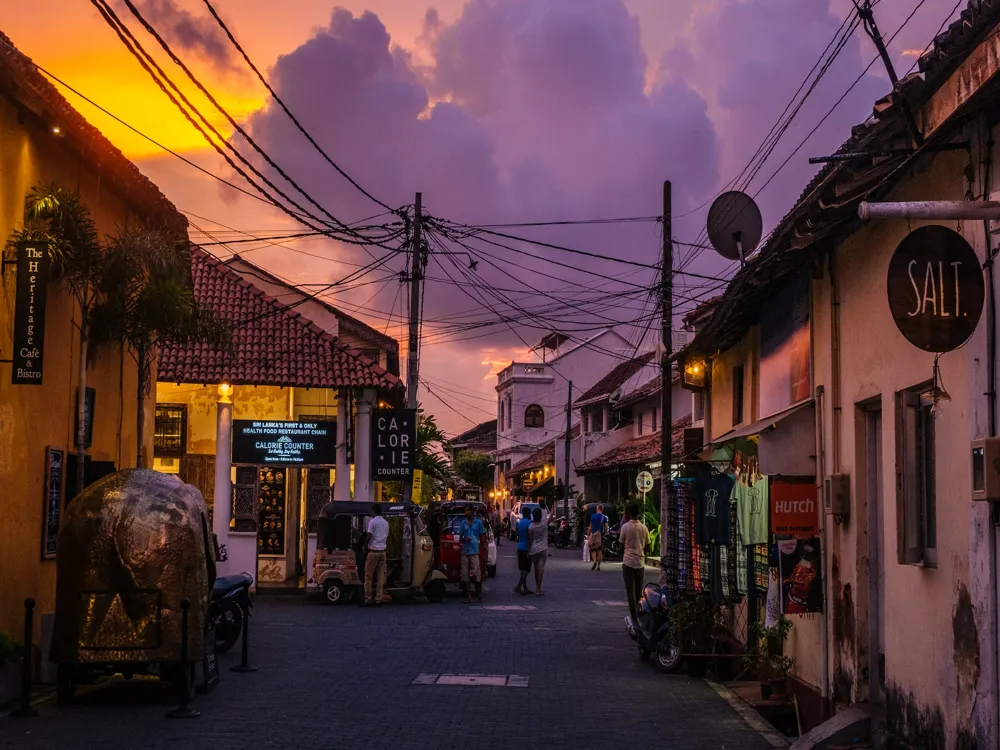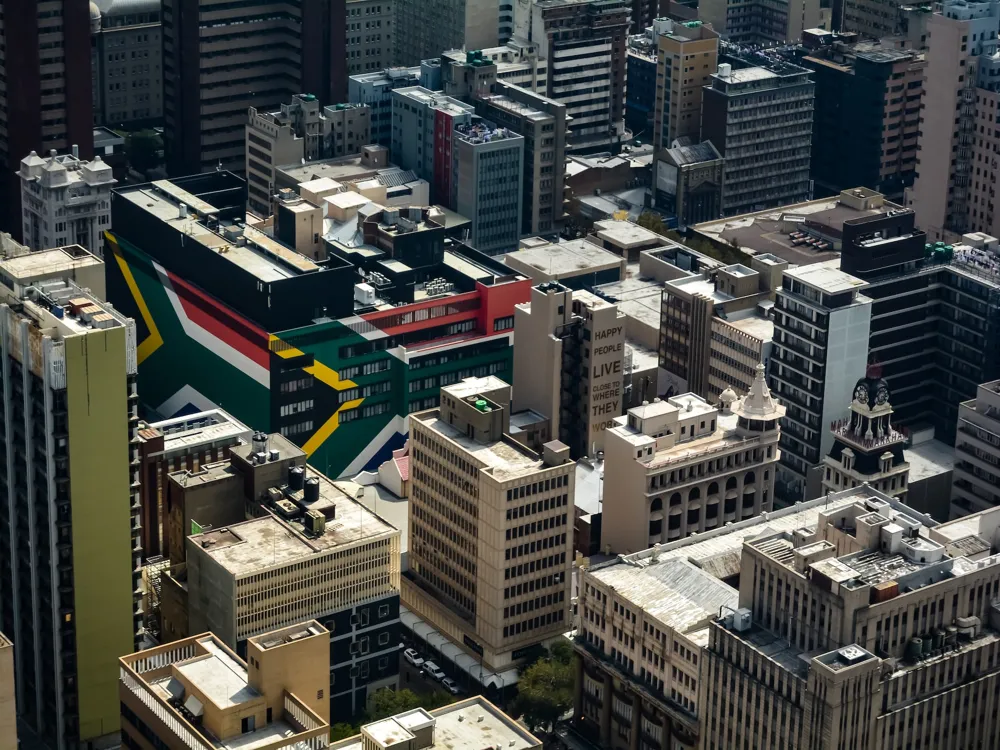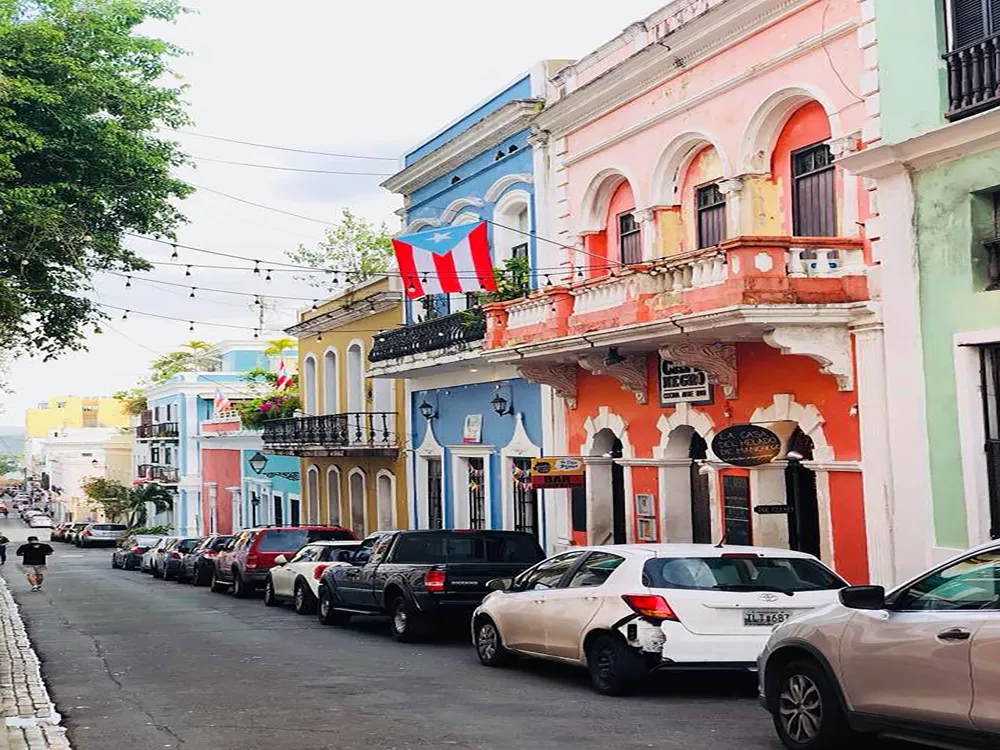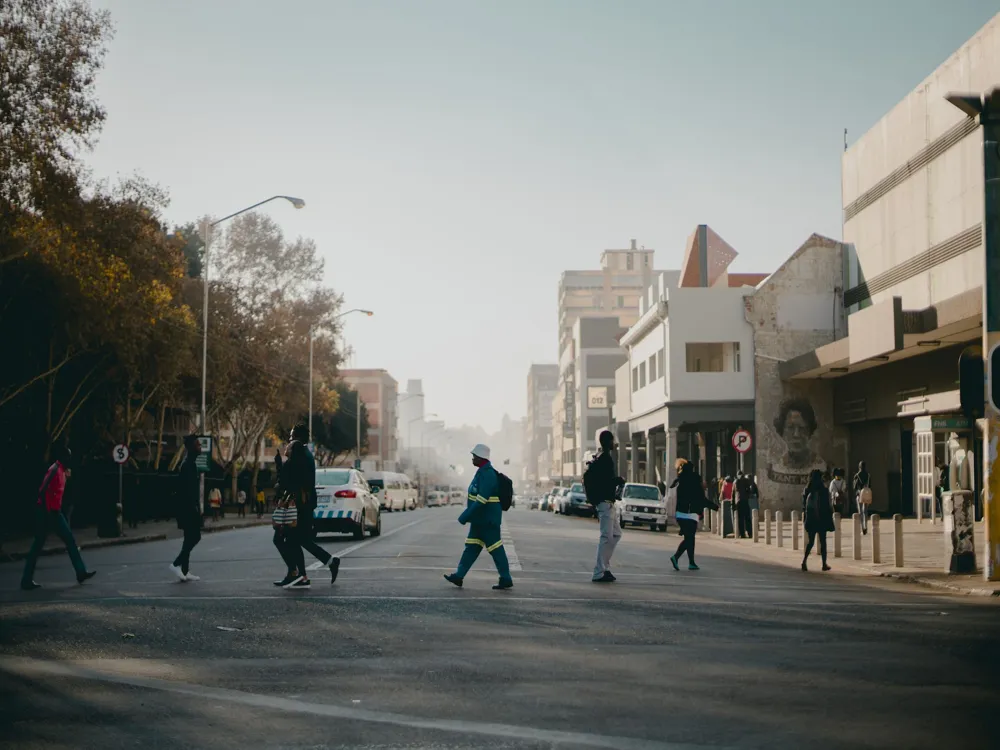Plan Your Travel To Sigiriya
Places To Visit In Sigiriya
Dambulla Cave Temple

The Dambulla Cave Temple, also called the Golden Temple of Dambulla, is a UNESCO World Heritage Site. It is the best-preserved and most extensive cave temple complex in the country, comprising five main caves, each possessing numerous statues of Lord Buddha and some figures of kings and statues of Lord Vishnu.
The Dambulla temples can be reached only on foot by climbing the Dambulla Rock. The climb offers a panoramic view of the flatlands below, and even if it may get tough for some, the temples and the viewpoints are worth the effort. The Dambulla Rock also offers a brilliant view of the Sigiriya Rock Fortress. The five rock caves of Dambulla have different names, and each of them holds a significance of its own, embodied in the paintings and sculptures inside the cave. Each of the caves was built at different periods of Sri Lanka's history and will give one an insight into the evolving culture, and that is what makes it the most beautiful heritage site to visit. The Dambulla Cave Temple is a part of the 'Cultural Triangle' in Sri Lanka comprising the town of Sigiriya, Dambulla, and the city of Kandy.
Read More
Elephant rides

Apart from hiking to the summit of Sigiriya Rock or merely marvelling at this imposing structure from below, an unconventional way to sightsee at Sigiriya is by the elephant rides.
The elephant rides at Sigiriya usually begin at the same site or Habarana, a city located about 20 minutes away from Sigiriya. The rides occur at Sigiriya Wewa, a lake near the rock fortress which was the primary source of water for the kingdom. One can enjoy the scenic surroundings, stunning views of the majestic fort and the opportunity to be up close with these gentle giants.It is important to note that some of the tour operators organizing these elephant rides may not follow ethical guidelines. Ensure that the tour operator you have chosen has a reputation for following such ethical practices.
Read More
Lion's Paws
Perhaps the most iconic structure of the Sigiriya fortress, Lion’s Paws is situated just before the summit of Sigiriya Rock. As the name suggests, the structure is composed of two gigantic paws, flanking a staircase that leads to the royal palace.
The attraction was initially an exquisitely chiseled and enormous structure of the head, chest, and paws of a crouching lion with open jaws guarding the entrance to the 5th-century royal residence of King Kashyapa I. But all that remains today are the paws, a reminder of the significance and opulence of King Kashyapa’s reign.
Read More
Pidurangala Rock
The Pidurangala Rock is a few kilometers away from the famous UNESCO site, the Sigiriya Rock. It is known for the view of Sigiriya Rock from the top of the rock, the white temple situated at the base of the cliff, and the enormous reclining Buddha statue located under an ancient boulder.
The Pidurangala Rock is also called the Sister Rock of Sigiriya as both the rocks are just a few kilometres away from each other. The Pidurangala Rock also has a white temple called the Pidurangala Vihara, where the monks live and Buddha is worshipped. Midway through the hike, there is a huge reclining statue of Buddha under an ancient boulder. The Pidurangala Rock maybe less popular amongst tourists, compared to the Sigiriya Rock, but the hike to the topmost point, and the view from up there makes it no less magnificent than the UNESCO site. The Pidurangala Rock is well known for its breathtaking view of the sunrise.There are a lot of factors that distinguish both the sister rocks from one another, even if the same king - King Kashyapa constructed them. The Sigiriya Rock has a fortress and was carved in the shape of a lion. It has ruins of palaces and is decorated with paintings, gardens, and so on. Pidurangala Rock, on the other hand, is a bit more adventurous. It has a temple at the base, a huge Buddha statue, and tourists have to climb up for a scenic view of the land and the Sigiriya Rock. Keep in mind to carry or loan a sarong to cover your shoulders and legs for the temple.
Read More
Royal Gardens of Sigiriya

The stunning royal gardens surround the imposing rock fortress of Sigiriya comprising of lush greenery scattered with beautiful pools, fountains, giant boulders, and picturesque terraces. It is one of the oldest landscaped gardens in the world.
The royal gardens are primarily composed of water gardens, terrace gardens, and boulder gardens. The water gardens’ pools, ponds, and fountains are fed by an elaborate network of underground ducts, which were restored in the 1950s. During the monsoon, the fountains are operational, enhancing the beauty of the verdant landscape. A sophisticated hydraulics system only adds to the ingenuity of the engineers of that era.
Read More
Sigiriya Museum
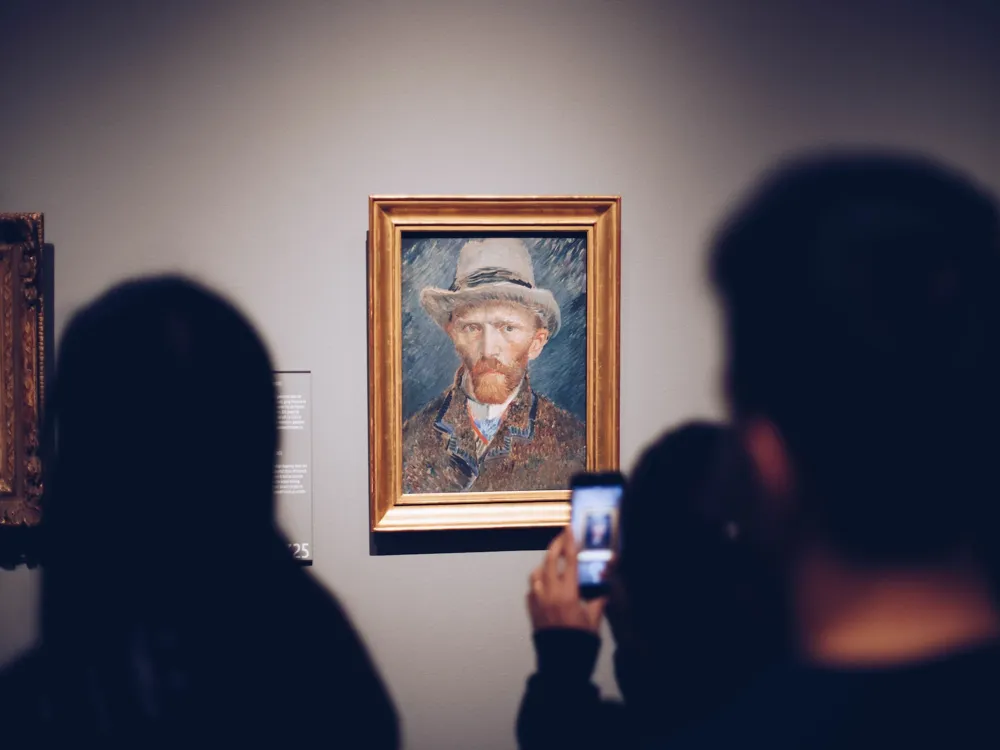
Sigiriya Museum is at the base of the Sigiriya Rock Fortress and was established in 2009. The exhibits at Sigiriya Museum are not limited to the artifacts—they include photographs depicting Sigiriya's history, several informative videos, and models of the fortress. The highlight of the museum is the stunning and accurate recreation of the frescoes found at the fort.
The museum boasts an impressive collection of exhibits that belong to various periods in history - ranging from the prehistoric period to the reign of King Kashyapa when the Sigiriya Rock Fortress was constructed. Sigiriya Museum was built with funding from the Japanese International Cooperation Agency and was completed after four years. With more than five distinctive galleries, the museum offers fascinating and unique insights into the past for visitors. Sigiriya Museum has undoubtedly been a boon for visitors unable to climb the fortress but immensely interested in exploring this UNESCO World Heritage site.
Read More
Sigiriya Rock Fortress

Sigiriya Rock or the Lion Rock is the ancient fort that Sigiriya is known for. It is a UNESCO World Heritage Site and consists of a citadel and has ruins of palaces, the Lion Gate, gardens, moats, the Mirror Wall, and many beautiful frescoes (paintings made in wet plaster on walls).
The place got its name from the Lion claws, carved at the entrance of the Lion Gate. You can reach the Sigiriya Fortress either by bus or by train, from the main towns of Dambulla or Habarane. The Sigiriya Rock Fortress is derived from two words - 'Simha' meaning Lion, and 'Giri' meaning Mountain. The site consists of the beautifully planned fortress, ruined halls, a citadel, the Mirror Wall, and many ancient paintings on the walls called 'Frescoes'. Beautiful gardens and moats surround this fortress. King Kashyapa built it after he shifted his capital to Sigiriya. The entire climb takes about an hour and has the most ethereal-looking views of the land below. The climb is quite steep in some areas and is not recommended for the elderly. The site opens at 7:00 AM from Monday to Saturday and is easily accessible from nearby towns. The price is worth it, and you are sure to witness many breathtaking views.
Read More
Spice Garden Inamaluwa

Located in the Central Province of the country, the Spice Garden in Inamaluwa houses a wide range of spices such as cardamom, black pepper, cloves, ginger, nutmeg, turmeric, cinnamon and cardamom. Visitors can gain insights on how these spices are grown on such a large scale.
Sigiriya Travel Packages
View All Travel Packages Sigiriya
Nearby Places Sigiriya
Browse Package Collections
Browse Hotel Collections







